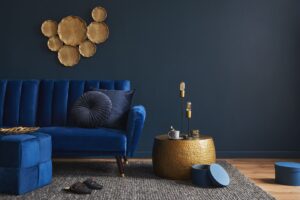
Cultural fusion in interior design is a captivating journey that allows you to infuse diverse global influences into your living spaces, creating unique and harmonious environments.
This article delves into the world of global design inspirations, exploring how to blend elements from different cultures to craft interiors that tell stories, celebrate diversity, and reflect your personal style.
1. The Art of Cultural Fusion
Cultural fusion in interior design is a creative journey that transcends boundaries and celebrates the beauty of diversity. It involves the skillful incorporation of design elements from various cultures to create a harmonious and visually captivating space.
1.1. Exploring Cultural Fusion
Cultural fusion involves respectfully borrowing and blending design elements from different cultures. It’s about recognizing the shared human experiences that these elements represent and using them to create an inclusive and culturally diverse interior.
1.2. Creating a Visual Melting Pot
By integrating diverse cultural design elements, you transform your space into a visual melting pot of influences. From Asian-inspired motifs to African textiles, the result is a unique tapestry that reflects the interconnectedness of the world.
1.3. The Power of Storytelling
Cultural fusion in interior design is not just about aesthetics; it’s also about storytelling. Each design element carries its own history and meaning, contributing to a rich narrative that makes your space not only visually engaging but emotionally resonant.
1.4. Balancing Respect and Authenticity
While borrowing design elements, it’s crucial to do so with respect and authenticity. Cultural fusion is about celebrating and honoring the cultures you draw inspiration from, rather than appropriating or misrepresenting them.
1.5. Crafting a Culturally Diverse Space
Integrating cultural elements doesn’t mean creating a mishmash of unrelated items. The art lies in creating a cohesive and harmonious space where each design element complements the others, regardless of their origin.
1.6. Embracing Modernity and Tradition
Cultural fusion allows you to blend modern design with traditional elements from different cultures. This interplay creates interiors that are both timeless and contemporary, reflecting a global perspective.
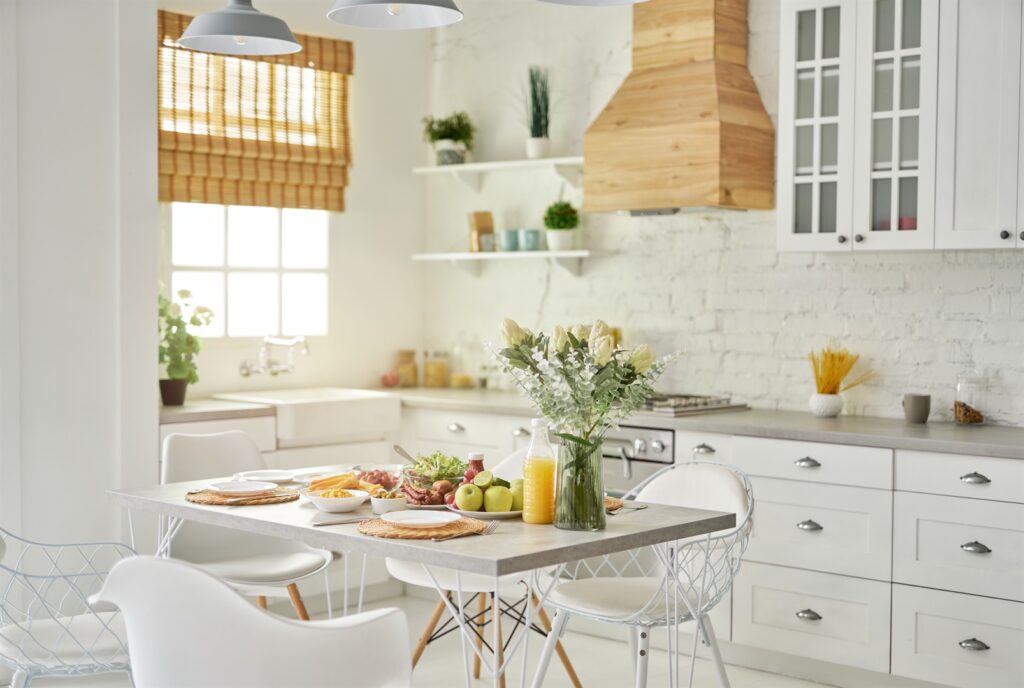
2. Embracing Global Aesthetics
In a world where boundaries are blurred and cultures intersect, interior design has become a canvas for exploring and embracing global aesthetics. From the intricate patterns of Moroccan design to the minimalist elegance of Japanese interiors, let’s delve into the allure of global aesthetics and how you can infuse them into your living spaces.
2.1. A World of Design Inspirations
Global aesthetics offer a vast array of design inspirations that stem from different cultures, traditions, and histories. Exploring these aesthetics opens up a world of possibilities to create interiors that are as diverse as they are visually captivating.
2.2. Moroccan Intricacies
Moroccan design is known for its vibrant colors, intricate geometric patterns, and ornate details. Learn how to incorporate Moroccan elements like mosaic tiles, lanterns, and textiles to infuse your space with a touch of exotic elegance.
2.3. Serenity of Japanese Interiors
Japanese aesthetics emphasize simplicity, balance, and harmony with nature. Discover how to draw inspiration from Japanese interiors by incorporating clean lines, natural materials, and minimalist design elements.
2.4. Indian Richness and Vibrancy
Indian design is a tapestry of rich colors, intricate textiles, and ornate details. Explore how to bring elements of India into your space, from colorful fabrics to ornamental decor that adds warmth and vibrancy.
2.5. Scandinavian Simplicity
Scandinavian design embodies minimalism, functionality, and coziness. Learn how to achieve the Scandinavian look with light colors, streamlined furniture, and cozy textiles that create a serene and inviting atmosphere.
2.6. African Textures and Patterns
African design is characterized by its bold patterns, earthy tones, and textures. Discover how to incorporate African elements into your interiors, such as tribal prints, woven baskets, and natural textures.
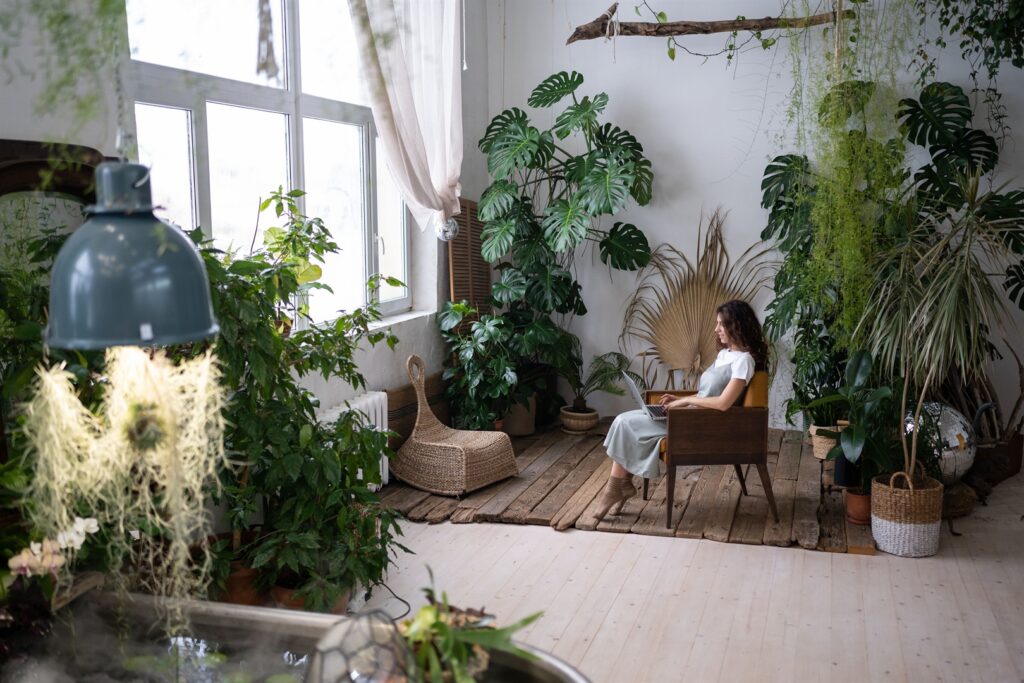
3. Travel-Inspired Decor
Travel is a source of inspiration that transcends geographical boundaries and influences our perceptions of beauty and design. In the realm of interior design, incorporating travel-inspired decor allows you to infuse your spaces with memories, cultures, and a sense of adventure.
3.1. The Souvenirs of Design
Unpack the idea of travel as a muse for interior design. Each destination holds its own story and aesthetic, which can be translated into your home decor. From the bustling markets of Marrakech to the tranquil temples of Kyoto, these experiences shape your design choices.
3.2. Colors That Tell Tales
Colors encountered during your travels can evoke emotions and memories. Incorporate vibrant hues reminiscent of tropical destinations or serene shades reminiscent of coastal getaways. These colors not only enhance your interior but also transport you back to those moments.
3.3. Cultural Textures and Patterns
Cultural diversity is a treasure trove of textures and patterns. Consider integrating the intricate patterns of Moroccan tiles or the tribal motifs of African textiles. These textures and patterns add depth and visual interest to your living spaces.
3.4. Artisanal Treasures
Handcrafted items collected during your travels are more than just souvenirs; they’re treasures with stories. Showcase unique pottery, intricate textiles, and delicate ceramics as art pieces that tell tales of the places you’ve visited.
3.5. The Fusion of Memories
Creating a travel-inspired interior involves blending diverse elements harmoniously. Combine items from different destinations while maintaining a cohesive theme. For instance, a mix of Asian and European elements can create a global fusion that’s visually engaging.
3.6. Personalized Spaces
Your travel-inspired decor isn’t just about aesthetics; it’s about personal connection. Each piece represents a chapter of your journey. Arrange them thoughtfully to create spaces that resonate with your experiences and passions.
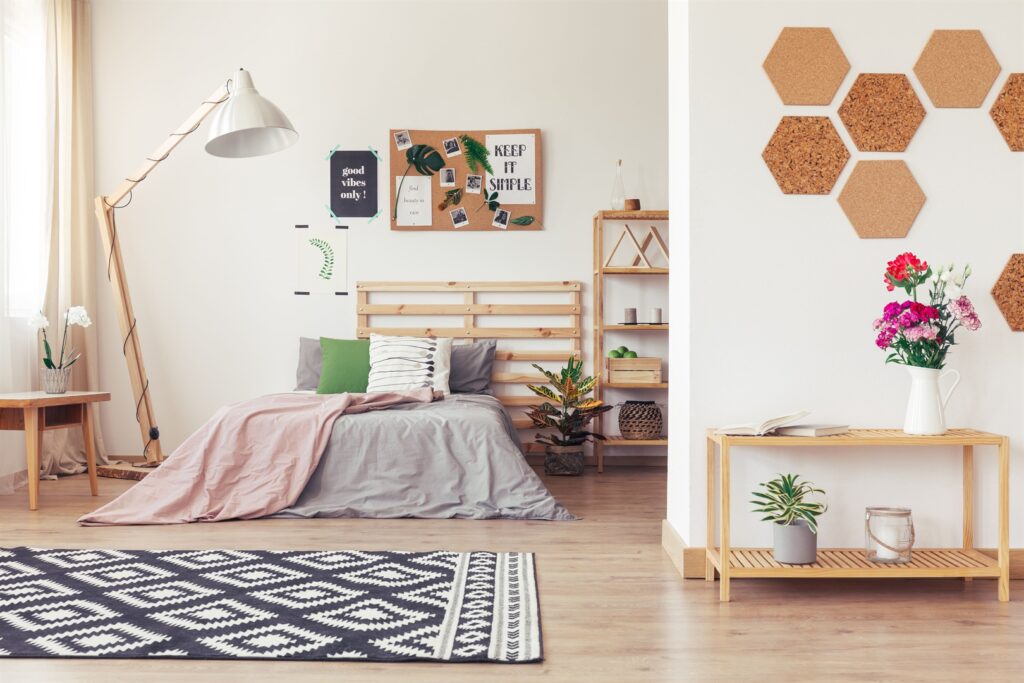
4. Creating a Global Color Palette
Colors have the remarkable ability to evoke emotions, set moods, and reflect cultural nuances. When it comes to interior design, a global color palette draws inspiration from different cultures, adding depth and character to your living spaces.
4.1. Cultural Color Significance
Different cultures associate specific colors with meanings and traditions. Explore the symbolism of colors in various societies, from the vibrant reds of China symbolizing luck to the calm blues of Greece representing the sea.
4.2. Infusing Vibrancy with Hues
Vibrant colors often dominate in cultures where self-expression is celebrated. Incorporate vivid reds, oranges, and yellows to infuse energy and liveliness into your interior design, drawing inspiration from places like India and Latin America.
4.3. Embracing Earthy Tones
From the serene beige of African deserts to the warm terracottas of Mediterranean architecture, earthy tones add warmth and a sense of connection to nature. These colors create a grounded and inviting atmosphere.
4.4. Tranquility in Cool Shades
Cool shades like soft blues and serene greens are reminiscent of tranquil landscapes and calming waters. These colors, often found in coastal regions, bring a sense of relaxation and serenity to your spaces.
4.5. The Allure of Neutrals
Neutral color palettes draw inspiration from minimalist aesthetics found in Scandinavian and Japanese design. Explore the elegance of whites, grays, and blacks, which offer a versatile canvas for showcasing decor and patterns.
4.6. Harmonizing Cultural Colors
Curating a global color palette involves harmonizing colors from various cultures. Discover how to blend shades from different parts of the world while ensuring a cohesive and visually pleasing result.
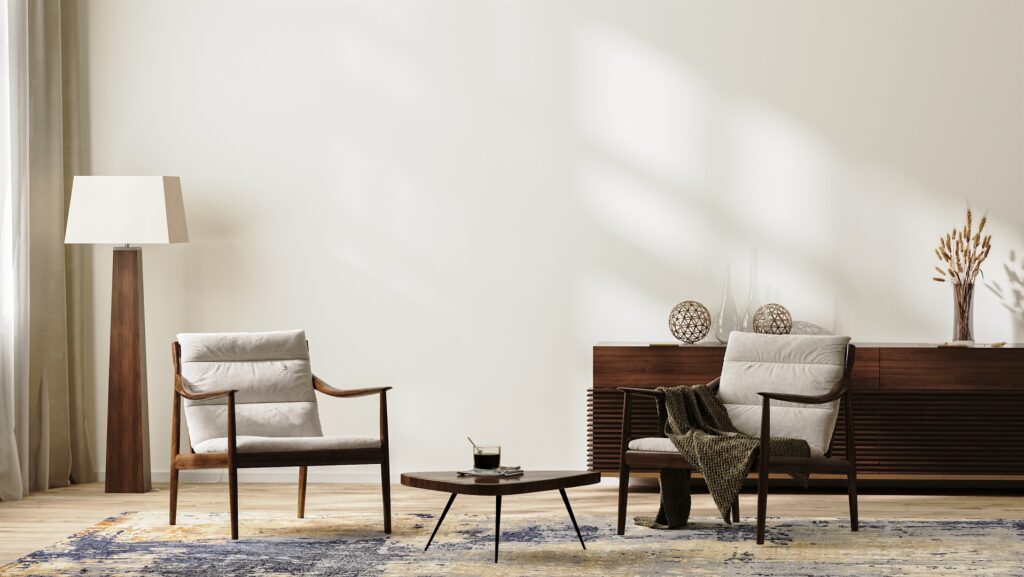
5. Textiles and Textures from Afar
In the realm of open concept living, the integration of diverse textiles and textures from different cultures can add a captivating layer of depth and warmth to your interiors.
5.1. Embracing Cultural Textiles
Cultural textiles are a treasure trove of history and craftsmanship. From the intricate patterns of Middle Eastern carpets to the rich tapestries of South America, these textiles carry the essence of their origins, infusing your interior design with a sense of authenticity.
5.2. Luxurious Silk from Asia
The sumptuousness of Asian silk is unmatched. Explore how silk textiles from countries like China and India can add a touch of elegance and opulence to your open-concept living spaces, elevating the overall aesthetic.
5.3. African Weavings and Woven Artistry
The weaving traditions of Africa are a testament to skill and artistry. Discover how African textiles, such as Kente cloth and mudcloth, can be draped, hung, or used as throws, introducing both texture and a rich cultural narrative to your interiors.
5.4. South American Textile Vibrancy
South American textiles burst with color and vibrancy. From Peruvian textiles to Mexican serapes, explore how these textiles can be incorporated into your spaces to infuse energy and a global flair.
5.5. Adding Depth with Natural Textures
Textiles are not just about patterns and colors. Natural textures like jute, rattan, and bamboo can introduce an organic feel to your open concept living areas, fostering a connection to the earth and the outdoors.
5.6. Balancing Textile Diversity
While blending textiles from different cultures, maintaining a cohesive look is key. Harmonize textures and patterns by choosing a central color palette or focusing on a specific cultural theme.
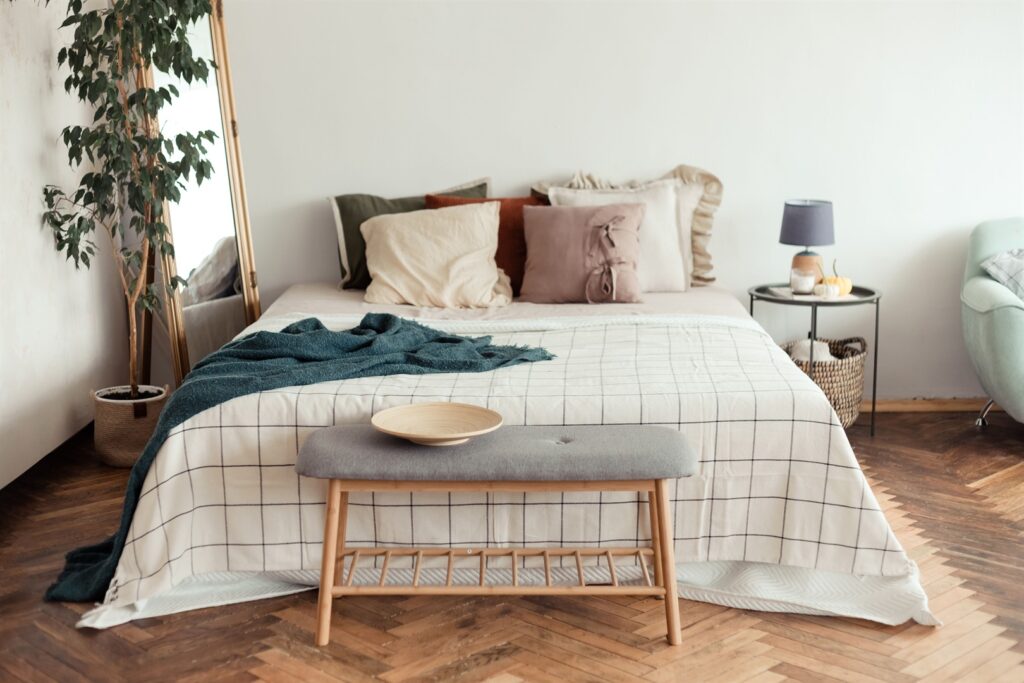
6. Symbolism and Significance
In the world of open concept living, design elements from different cultures can be more than just visually appealing; they can carry deep symbolism and significance.
6.1. Cultural Symbols and Meanings
Different cultures are rich with symbols that carry profound meanings. Explore how symbols like the Om symbol in Hinduism or the yin and yang in Chinese philosophy can be integrated into your interior design, infusing your spaces with depth and significance.
6.2. Furniture and Artifacts with History
Antique furniture and artifacts from different cultures often come with a rich history. Discover how these pieces can be introduced into your open-concept living areas, adding a touch of authenticity and a sense of connection to the past.
6.3. Navigating Cultural Appropriation
Respect and understanding are paramount when incorporating symbolism from different cultures. Learn how to navigate the fine line between appreciation and appropriation, ensuring that your design choices are sensitive and informed.
6.4. Storytelling Through Decor
Every piece in your open concept living space has the potential to tell a story. From intricately carved wooden panels to hand-painted ceramics, explore how these elements can convey narratives and traditions.
6.5. Paying Homage to Heritage
If you have cultural roots, consider integrating design elements that pay homage to your heritage. These pieces not only add personal significance to your interior but also create a bridge between your past and present.
6.6. Creating Harmony with Cultural Elements
Blending different cultural elements requires a sense of harmony. Choose pieces that share a common color palette or design aesthetic, ensuring that your open spaces remain visually coherent.
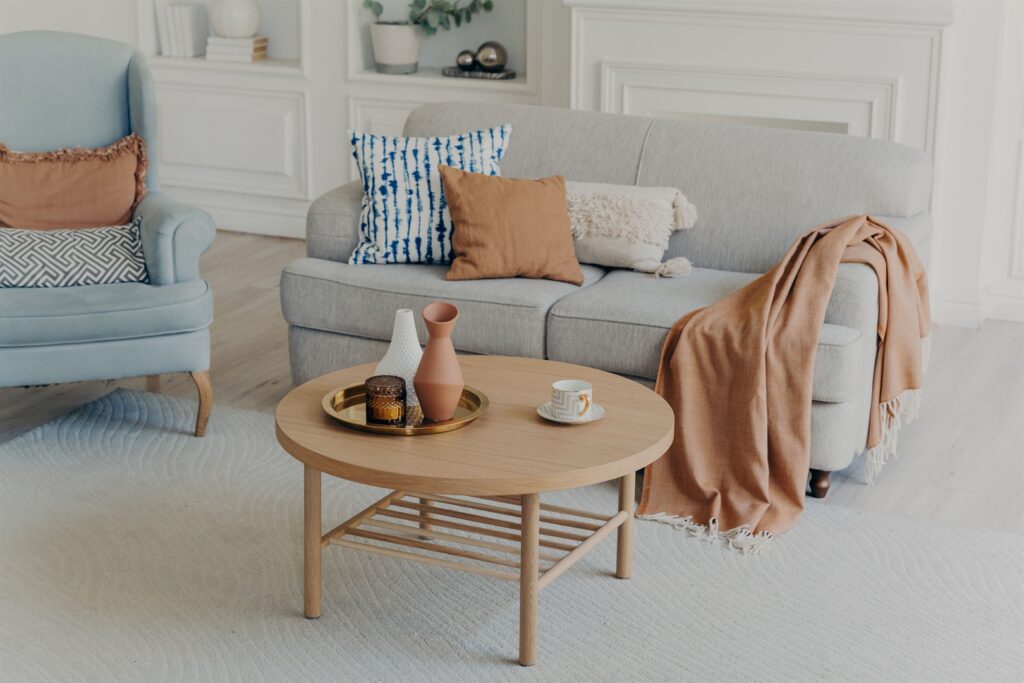
7. Mixing Modern and Traditional
The magic of interior design lies in its ability to blend different styles and eras seamlessly. Blending modern and traditional design elements is a captivating art that can transform your open-concept living space into a harmonious and visually captivating environment.
7.1. Understanding the Dynamics
To successfully merge modern and traditional design, it’s crucial to understand the dynamics of both styles. Modern design emphasizes clean lines, minimalism, and functionality, while traditional design is marked by rich textures, ornate details, and a sense of history. The key lies in finding a balance that maintains the integrity of each style.
7.2. Juxtaposing Furniture Styles
The heart of blending modern and traditional lies in the juxtaposition of furniture. Experiment with pairing contemporary pieces with antique treasures or vintage finds. For instance, combine a sleek modern sofa with a classic wooden coffee table or place an antique armchair beside a minimalist bookshelf.
7.3. Harmonizing Color Palettes
Creating a cohesive look requires harmonizing color palettes. Opt for neutral base tones that provide a backdrop for both styles to shine. Use accent colors to tie the elements together, ensuring a seamless transition between the modern and the traditional.
7.4. Fusing Materials and Textures
Materials and textures play a vital role in achieving a balanced fusion. Incorporate materials like wood, metal, glass, and textiles to bridge the gap between the styles. Consider a contemporary glass dining table paired with traditional upholstered chairs for an intriguing combination.
7.5. Showcasing Cultural Artifacts
Infuse cultural artifacts into the mix to add depth and authenticity. Antique rugs, vintage art pieces, or heirloom collectibles can be strategically placed to tell stories and pay homage to traditions, creating a visually captivating narrative.
7.6. Finding the Common Thread
While the styles may seem divergent, finding a common thread helps create coherence. Whether it’s a shared color, pattern, or motif, identifying these connections strengthens the visual unity of the space.
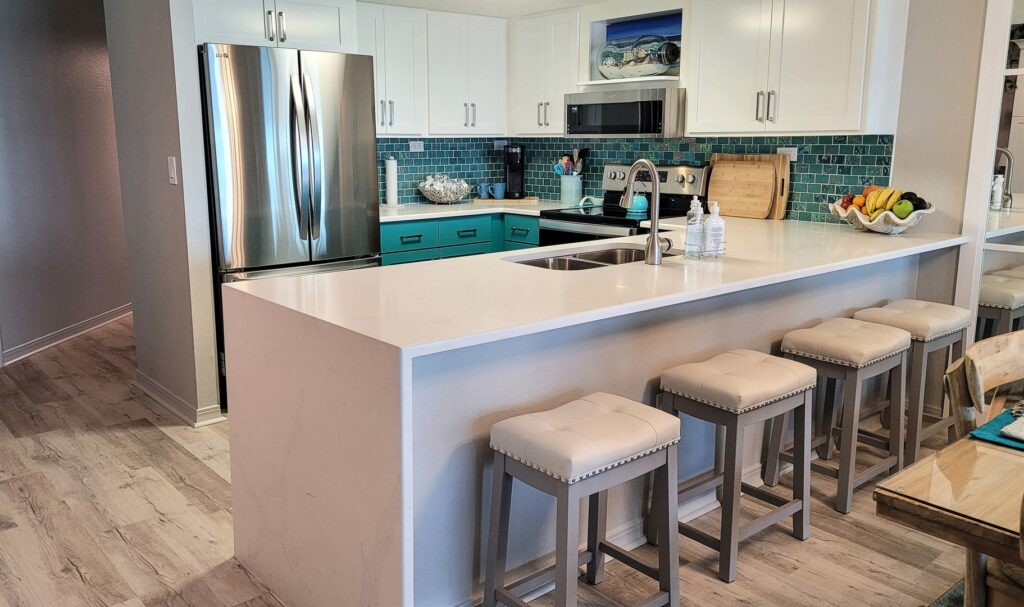
Conclusion
Cultural fusion in interior design offers a canvas for celebrating diversity, sharing stories, and creating one-of-a-kind spaces that resonate with your personality.
By embracing global design inspirations, you can craft interiors that are not only visually captivating but also emotionally enriching, reflecting the beautiful tapestry of cultures that make up our world.
Recent Articles
-
 Winter's Warm Embrace: Crafting A Cozy Sanctuary With Hygge-Inspired Décor
Winter's Warm Embrace: Crafting A Cozy Sanctuary With Hygge-Inspired Décor -
 The Art Of Elevating Well-Being With Nature-Infused Interior Design
The Art Of Elevating Well-Being With Nature-Infused Interior Design -
 Enigmatic Allure: The Timeless Elegance Of Embracing Dark Colors In Interior Design
Enigmatic Allure: The Timeless Elegance Of Embracing Dark Colors In Interior Design -
 Sustainable Serenity: Crafting Eco-Friendly Sanctuaries With Organic Materials In Interior Design
Sustainable Serenity: Crafting Eco-Friendly Sanctuaries With Organic Materials In Interior Design


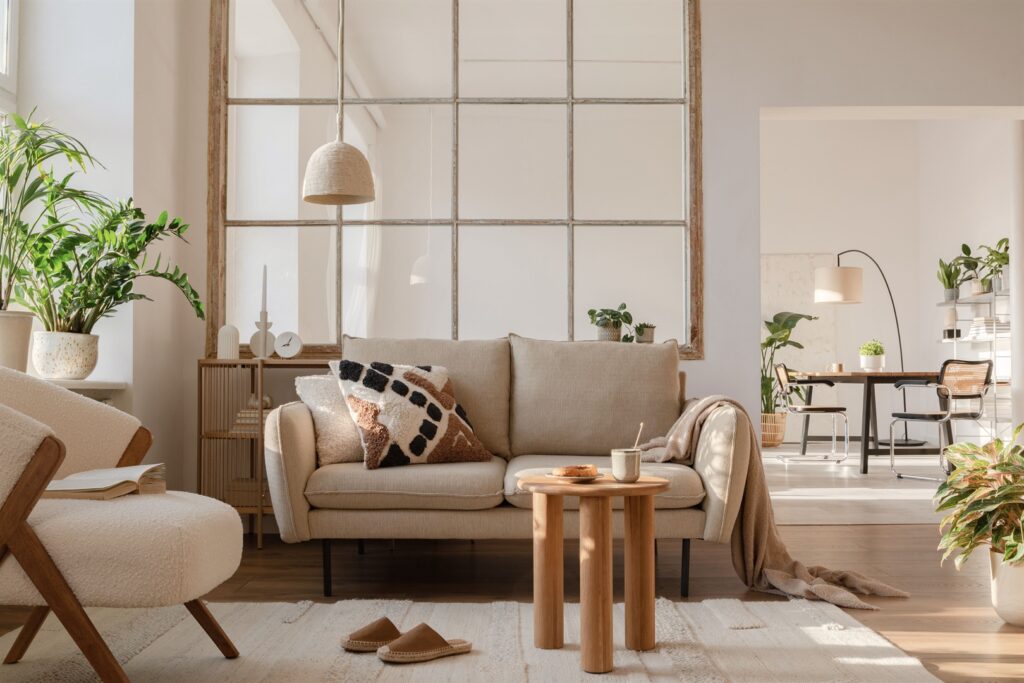
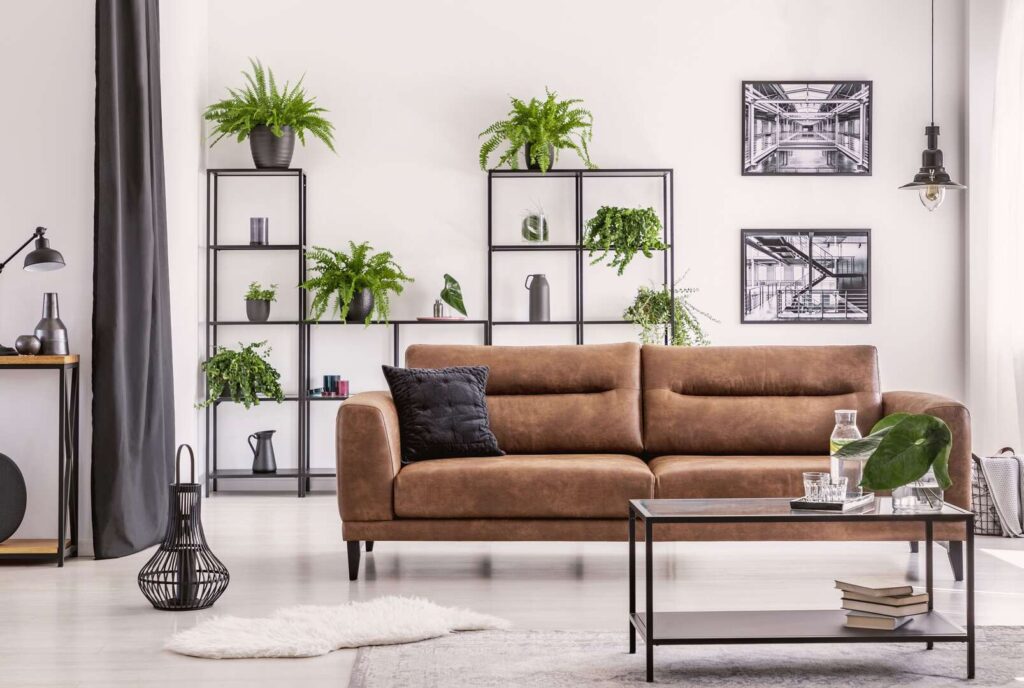
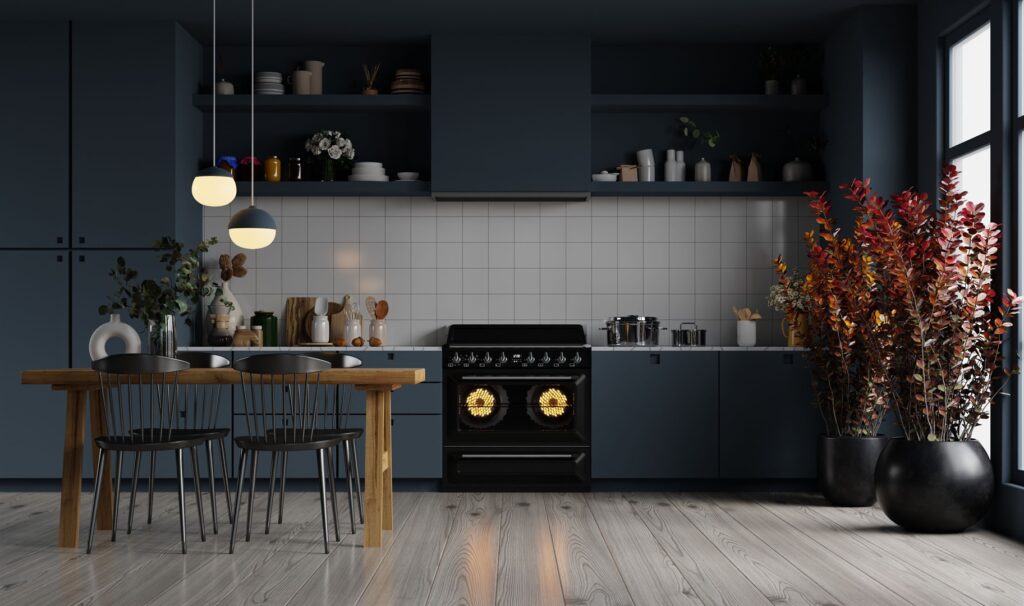
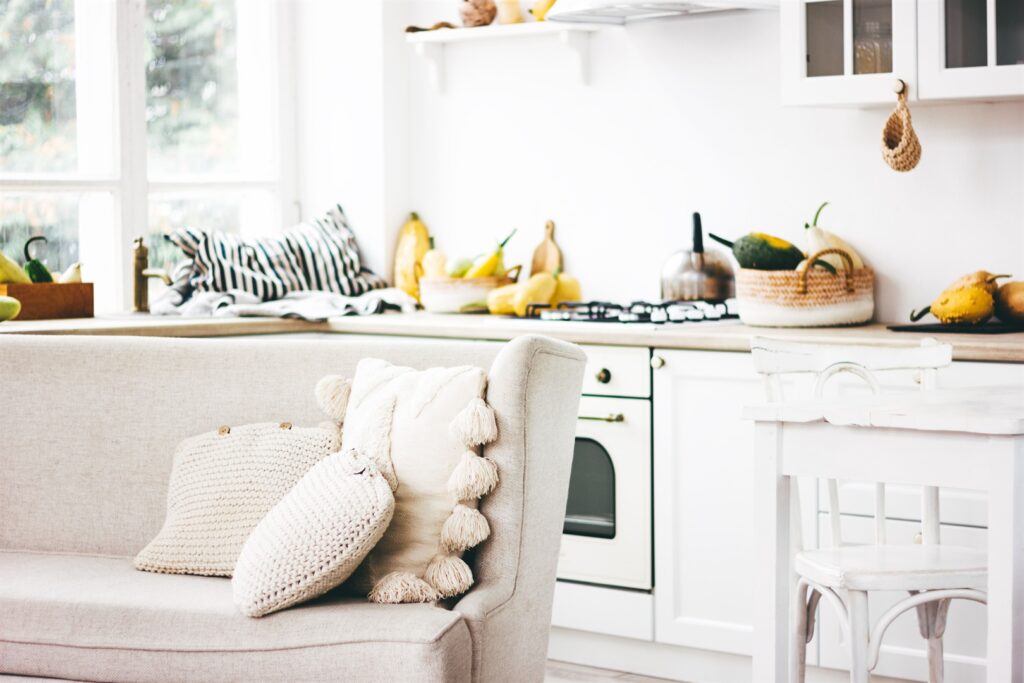
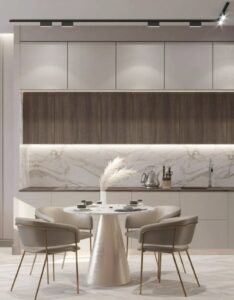



.png)